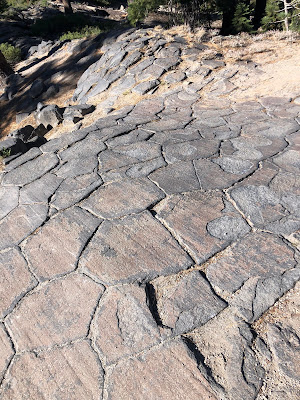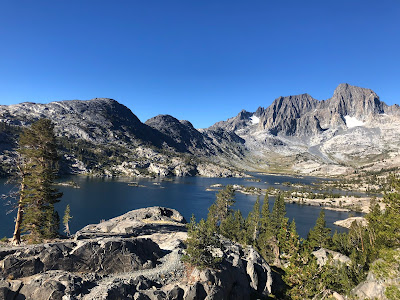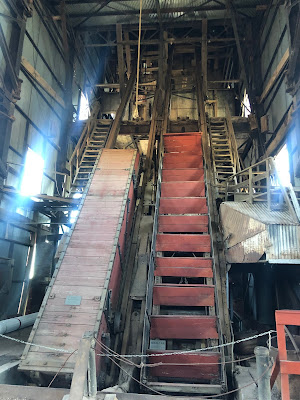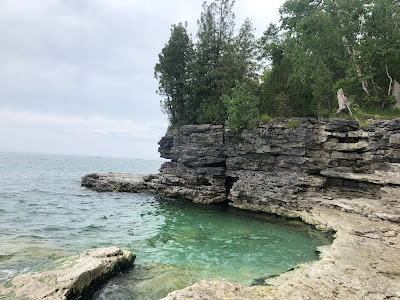I'm starting to hone in on some of the qualifications that my just right town will have. It wasn't on my original list of mandates, but I'm realizing how important it is for us to be near to public lands: state parks, national parks, national forest, BLM land, Bureau of Reclamation-managed spaces...basically anything that's covered under the America the Beautiful Pass. Surely we're appreciating those areas now more than ever (we've definitely paid off our annual $80 pass this year) since we often park for the day or overnight in some sort of government-managed land, but I'm also realizing the fact that they exist at all is exceptionally cool.
Not only are public lands typically really beautiful natural landscapes, but they provide so much benefit. For humans, you can stay on BLM and national forest land for 14 days hassle-free, and more heavily trafficked areas often have toilets and dump stations available for free. Many of these same areas are protected for wildlife conservation or for resource management. Others preserve natural and cultural history. Whenever I begin to panic about human's impact on the environment, I'm calmed by the knowledge that there are at least some spaces that are being protected from excessive human-caused change.
On our 3-week backpacking trip (during which we went through the Inyo National Forest, Kings Canyon National Park, Sequoia National Park, John Muir Wilderness, Ansel Adam Wilderness, and Yosemite National Park), virtually every foreigner we talked to marveled at the vast American West. Although Europe and South Africa (and other parts of the world) have national parks and protected lands, wilderness is hard to come by. Even as you move east across the USA, wilderness becomes more and more rare. And it makes sense – by the time conservation became a national and global discussion point, a lot of places were already too densely populated to have much untarnished land left.
This isn't to say that we are going to disregard anything east of the Continental Divide – there are many eastern towns that I am very excited to assess – but I do want to be more mindful of their proximities to public use spaces. I do not ultimately need to be walking distance to a vast national park network, but having nearby state parks, county parks, national forests, etc. may be more heavily weighted on my pros lists from here on out.
It's the onset of autumn, but I have been thinking a lot lately about what is my go-to cozy place. The stereotype is to be snuggled up on a comfy chair on a wrap-around porch with a hot mug of coffee and a beautiful view. I don't regularly drink coffee and I'm not gung-ho for porches, but looking outside and seeing an impossibly high mountain and thinking to myself, "give me a few hours and I could climb to the top of that" is especially cozy for me. I don't think that fantasy can be true without public lands; my ideal location will have beautiful vistas that are accessible to me, not privately owned nor will ever be privately owned or developed.
Thanks for reading my little half-rant. If you can, support our public lands by buying a park pass, donating to your state park system, or volunteering with a trail maintenance team. Enjoy these photos of various public lands we've visited with Vanjie thus far (in no particular order, and by no means comprehensive):






































No comments:
Post a Comment